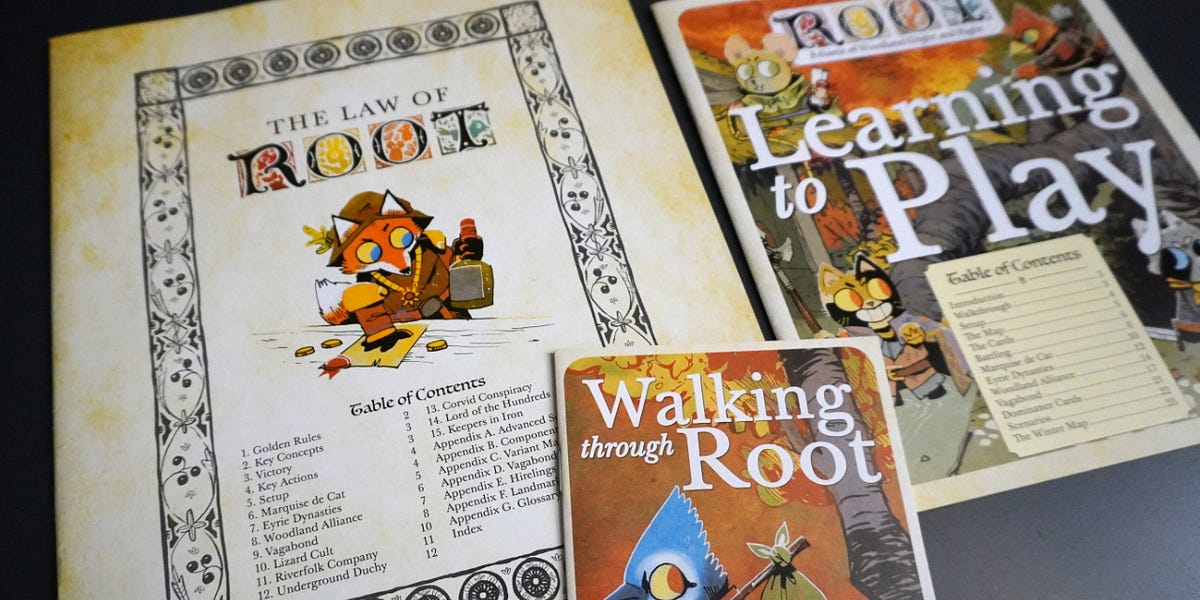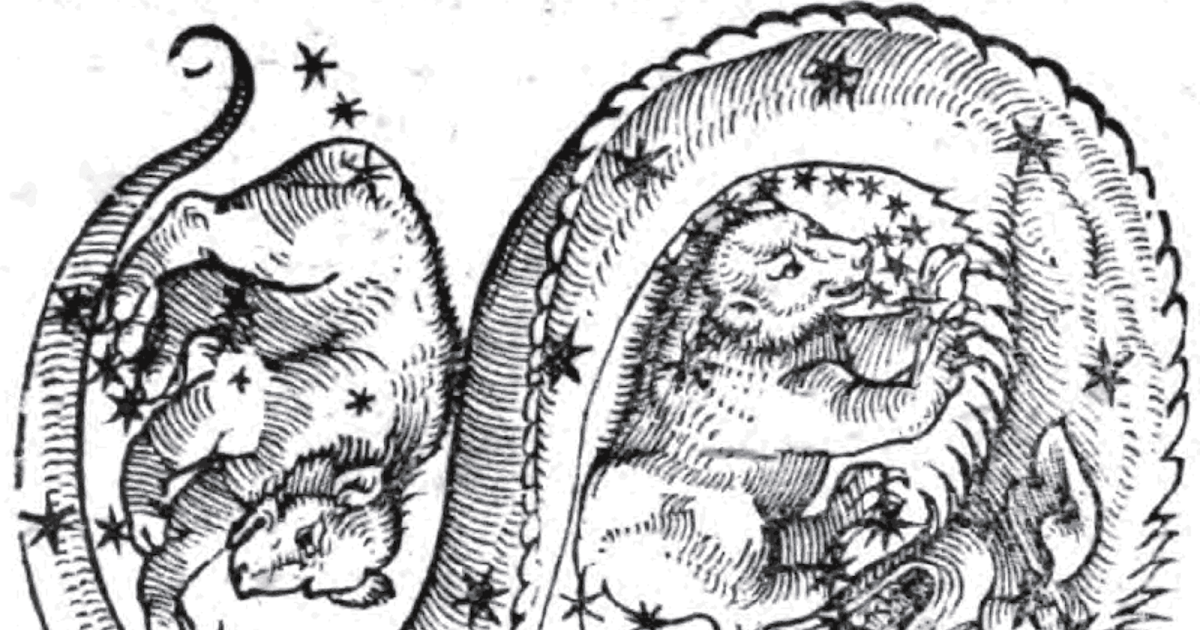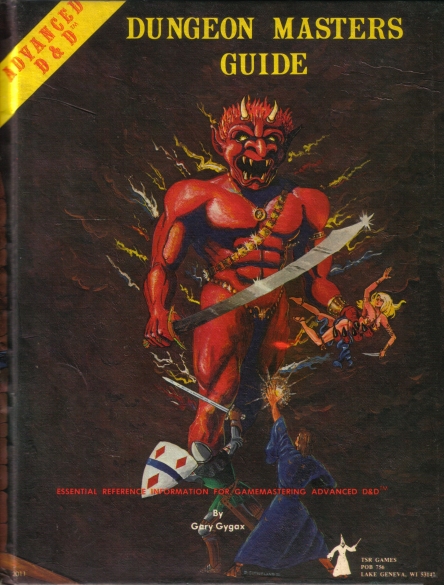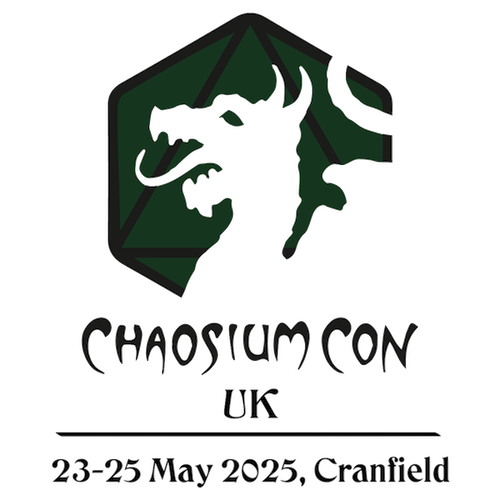SMOOSH JUICE
REPOST: The Articles of Dragon: “Setting Saintly Standards”

“Setting Saintly Standards” from issue #79 (November 1983) exemplifies two of the worst aspects of D&D: a mania for quantifying everything combined with forgetfulness about the game’s origins. Written by Scott Bennie, the article to provide a system “for defining sainthood [and] classifying the precise abilities or capabilities of a saint.” Saints, Bennie notes, are mentioned several times in passing in the Dungeon Masters Guide (the Mace of St. Cuthbert being the most notable), but what saints are and what purpose they serve is never explained. Bennie is correct so far as he goes. What he forgets (or is unaware of) is that Gary Gygax provided some good evidence as to the nature of saints back in an issue of The Strategic Review where he talks about alignment. There, saints are exemplars of Lawful Goodness, just as devils are exemplars of Lawful Evilness and demons exemplars of Chaotic Evilness. While AD&D provided lots of information on devils and demons, saints get no similar treatment (neither do “godlings,” but no one seems to care about them for some reason).
That’s where “Setting Saintly Standards” steps in. Bennie proposes that saints are special servants of the gods who’ve achieved immortality and some measure of divine power. He makes them on par with Greyhawk’s “quasi-deities” like Murlynd or Keoghtom, but explicitly tied to a specific deity, whom they serve and whose cause they promote. The article lays out their spell-like abilities and offers four examples of saints from his own campaign to give the referee some idea of how to create saints of his own. He likewise suggests that some saints — “patron saints” — may have shrines dedicated to them and, over time, achieve sufficient power to become demigods in their own right. Exactly what this means for relations between the saint, his followers, and the deity he ostensibly serves is never discussed.
I’m on record as intensely disliking the reduction of gods and semi-divine beings to game stats. It’s not for nothing that I dislike both Gods, Demigods & Heroes and Deities & Demigods. One of D&D‘s worst failings is its reductionism, its voracious appetite to turn everything into either a monster to be killed or a piece of magical technology to be wielded. Saints, as Bennie imagines them, are just big monsters — or little gods — to be confronted rather than anything more sublime. Maybe I’d be less bothered by this if he’d have adopted another term for what he’s presenting; I don’t think the idea of fighting gods is necessarily out of bounds. For certain styles of fantasy, it’s even highly appropriate. But saint has a very specific meaning and Gygax’s mention of them is almost certainly tied up in the implicit Christianity of early gaming.
Late 1983, though, was a long distance away from 1974, though, and the culture of the hobby had changed. What to Gygax had seemed obvious was now in need of explication and not just explication but expansion. That’s why Bennie broadens the use of the term “saint” to include the servants of any god, not just Lawful Good ones. Thus we have St. Kargoth, a fallen paladin, among the four examples he provides us. To say that the idea of an “anti-saint” or “dark saint” is bizarre to me is an understatement. Mind you, I find the idea of non-Lawful Good paladins similarly bizarre, so clearly I’m out of step with a lot of gamers, no that this is any surprise.










